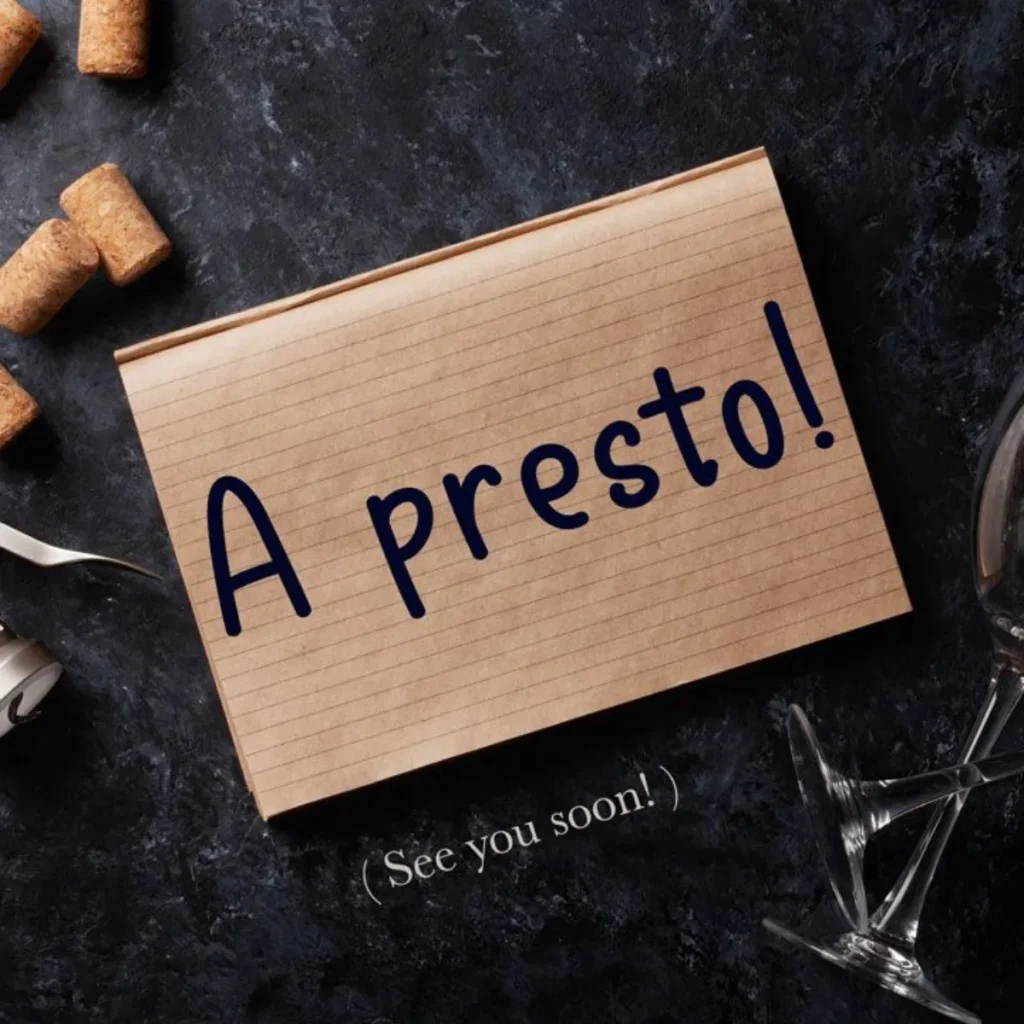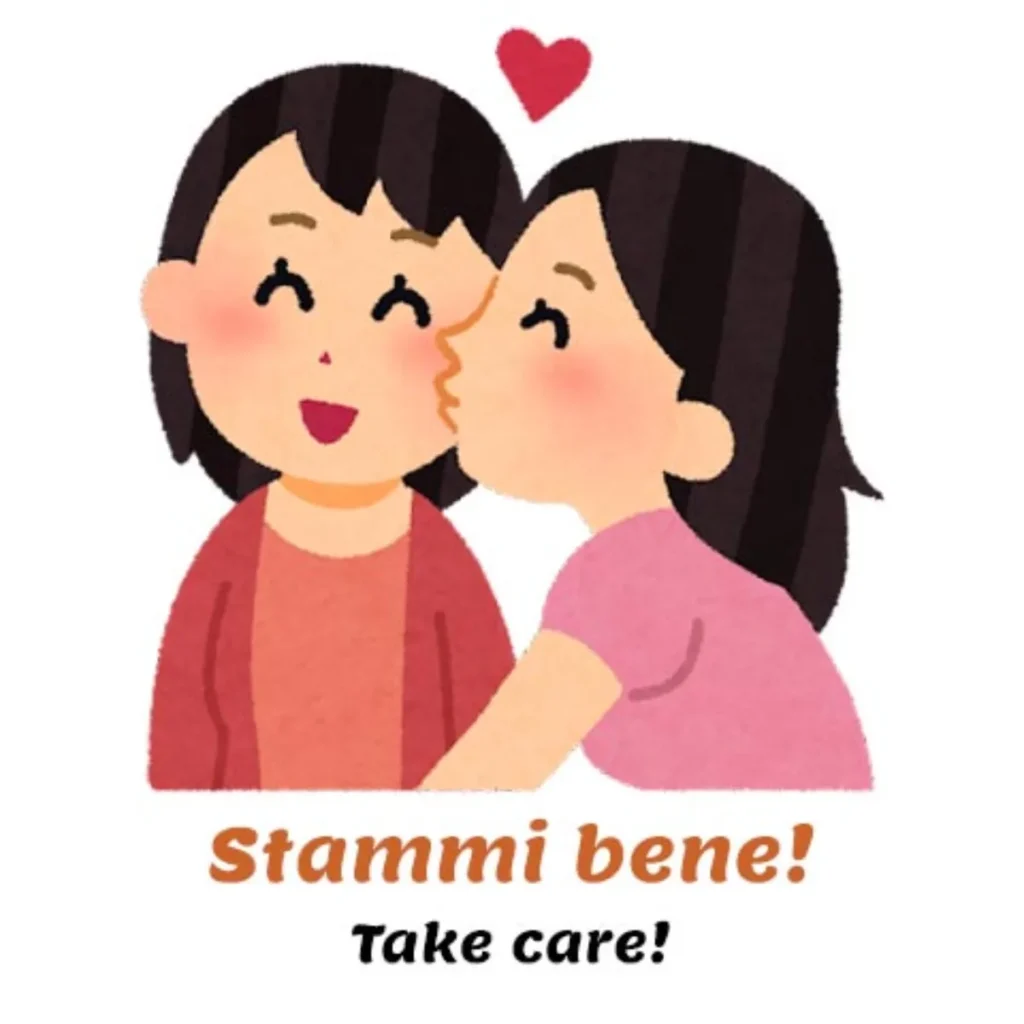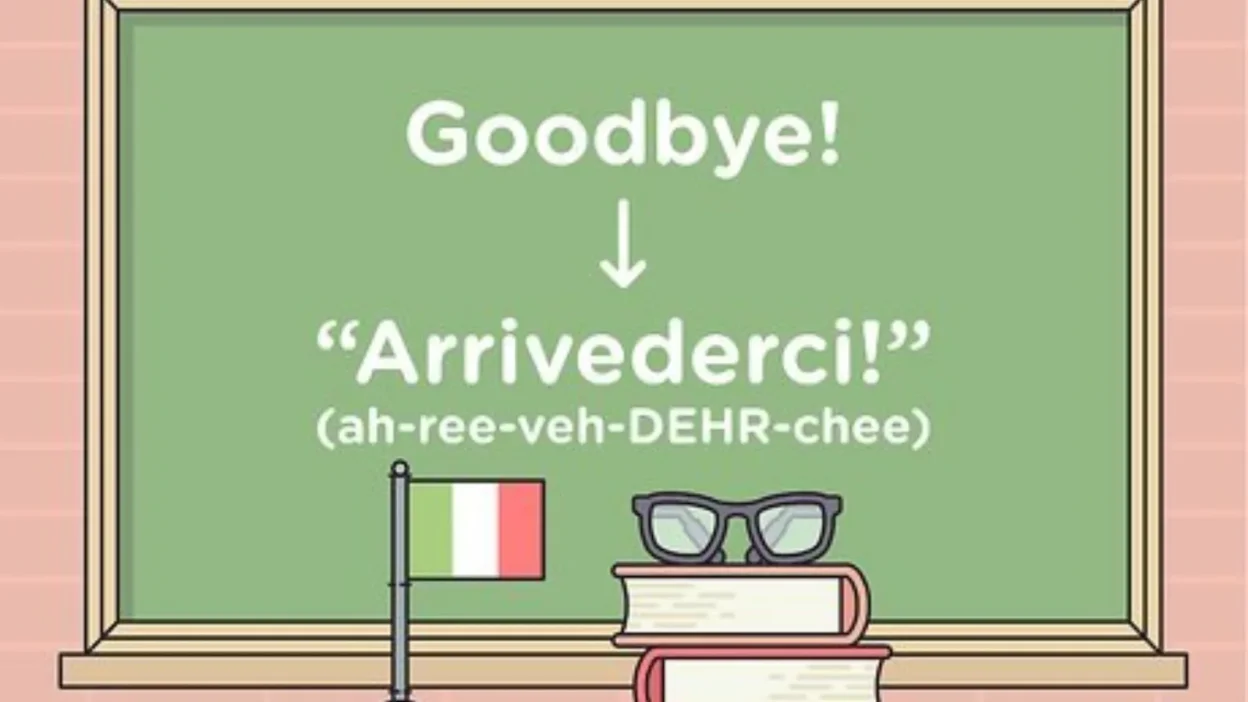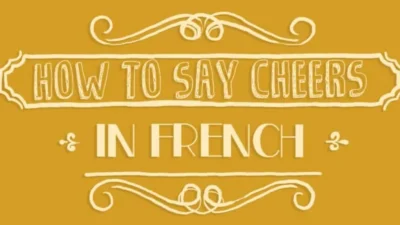How to Say Bye in Italian is something every language lover or traveler should know to leave a lasting impression. If you’re ending a conversation with a friend, colleague, or stranger, using the right Italian farewell adds warmth and cultural charm.
From casual expressions to formal goodbyes, Italian offers several beautiful ways to say farewell. In this guide, we’ll explore how to say bye in Italian naturally, along with when and how to use each phrase confidently.
Understanding how to say bye in Italian can help you sound more fluent and respectful in everyday interactions.
These phrases also reveal the Italian spirit—friendly, expressive, and full of life.
Say Bye in Italian Examples & Origin
Here are 15 authentic and culturally rooted ways to say bye in Italian, each with example dialogues and background on where and how they’re used.
15 Ways to Say Bye in Italian (Numbered Table)
| # | Phrase | Meaning / When to Use | Example |
|---|---|---|---|
| 1 | Ciao | Casual goodbye among friends | Ciao! Ci sentiamo dopo. (Bye! Talk later.) |
| 2 | Arrivederci | Standard polite goodbye | Grazie, arrivederci! (Thanks, goodbye!) |
| 3 | ArrivederLa | Very formal / respectful | ArrivederLa, signore. (Goodbye, sir.) |
| 4 | A dopo | See you later | Vado via, a dopo! (I’m leaving, see you later!) |
| 5 | Ci vediamo | See you | Ok, ci vediamo. (Okay, see you.) |
| 6 | Ci vediamo presto | See you soon (friendly) | Ci vediamo presto, va bene? |
| 7 | A presto | Until soon | Devo andare, a presto! (I have to go, see you soon!) |
| 8 | Addio | Emotional final farewell | Addio… (Goodbye forever / dramatic) |
| 9 | Buona giornata | Have a good day | Grazie, buona giornata! |
| 10 | Buona serata | Have a good evening | Arrivederci, buona serata. |
| 11 | Buona notte | Good night (when parting) | Vado a dormire. Buona notte! |
| 12 | Stammi bene | Take care (friendly) | Ciao, stammi bene! |
| 13 | Abbi cura di te | Take care (warm/personal) | Abbi cura di te, mi raccomando. |
| 14 | A domani | See you tomorrow | Ciao! A domani! |
| 15 | Ciao, amico/amica | Bye friend | Ciao, amica! A presto! |
1. Ciao
Origin:
Borrowed from the Venetian word s-ciào vostro (meaning “I am your servant”), ciao is one of the most globally recognized Italian words.
Example:
👤 User A: Ci vediamo domani?
👤 User B: Sì! Ciao!
Use: Informal and friendly; used for both “hi” and “bye.”
2. Arrivederci

Origin:
From a rivederci, meaning “until we see each other again.” A standard farewell since the 19th century.
Example:
👤 User A: Grazie per tutto!
👤 User B: Di nulla. Arrivederci!
Use: Formal or polite; good for meetings, shops, or public settings.
3. Addio
Origin:
Literally means “to God,” used for more permanent farewells. Comes from Latin ad Deum.
Example:
👤 User A: Non ci vedremo più…
👤 User B: Addio, amico mio.
Use: Dramatic, emotional, or poetic; used in final goodbyes or literature.
4. Ci vediamo
Origin:
Means “We’ll see each other.” Used when parting with the intent of meeting again.
Example:
👤 User A: Devo andare adesso.
👤 User B: Va bene, ci vediamo!
Use: Casual and reassuring.
5. A presto

Origin:
Means “See you soon.” Common in both spoken and written Italian.
Example:
👤 User A: È stato un piacere!
👤 User B: Anche per me. A presto!
Use: Neutral to friendly; implies a future meeting.
6. A dopo
Origin:
Translates to “See you later.” Used when expecting to see someone again the same day.
Example:
👤 User A: Vado a prendere un caffè.
👤 User B: Ok, a dopo!
Use: Informal and everyday.
7. A domani
Origin:
Literally “See you tomorrow.” Very common among coworkers or classmates.
Example:
👤 User A: Finito per oggi?
👤 User B: Sì, a domani!
Use: Friendly and casual.
8. Buona giornata

Origin:
Means “Have a good day.” A polite parting phrase, especially in customer service.
Example:
👤 User A: Grazie per l’aiuto.
👤 User B: Di nulla! Buona giornata!
Use: Formal or semi-formal; common in shops or offices.
9. Buona serata
Origin:
“Have a good evening.” Similar to buona giornata, but used later in the day.
Example:
👤 User A: È tardi, torno a casa.
👤 User B: Ok, buona serata!
Use: Polite and respectful.
10. A più tardi
Origin:
Means “Until later.” Used when you’re likely to reconnect later the same day.
Example:
👤 User A: Vado a fare una commissione.
👤 User B: A più tardi!
Use: Casual, flexible timing.
11. A tra poco
Origin:
Literally “See you in a bit.” A short-term version of a dopo.
Example:
👤 User A: Esco un attimo.
👤 User B: A tra poco!
Use: Very casual; used when stepping out briefly.
12. Stammi bene

Origin:
Means “Take care” or “Be well.” Personal and warm.
Example:
👤 User A: Parto domani per Milano.
👤 User B: Stammi bene, mi raccomando!
Use: Friendly, used among close acquaintances.
13. Salutami… (nome)
Origin:
Means “Say hi to…”—used to send greetings when parting.
Example:
👤 User A: Devo scappare!
👤 User B: Va bene! Salutami tua madre!
Use: Familiar, affectionate.
14. Ci sentiamo
Origin:
Means “We’ll talk” or “We’ll be in touch.” Modern and used in texting or calls.
Example:
👤 User A: Ti mando una mail domani.
👤 User B: Perfetto, ci sentiamo!
Use: Friendly and modern.
15. Alla prossima
Origin:
Short for alla prossima volta — “Until next time.”
Example:
👤 User A: È stato bello rivederti.
👤 User B: Anche per me. Alla prossima!
Use: Casual but thoughtful.
FAQs:
1. What is the most common way to say bye in Italian?
The most common phrase is “Ciao”, which means hi and bye in casual situations.
2. How do you say goodbye formally in Italian?
Use “Arrivederci” (formal and polite).
3. How do you pronounce “Arrivederci”?
It’s pronounced: ah-ree-veh-DEHR-chee.
4. How do you say bye to a group politely?
Say “Arrivederci a tutti!” (Goodbye everyone!).
5. What’s a very formal goodbye used in business or official settings?
“ArrivederLa” — extra polite.
6. How do you say “See you later” in Italian?
Say “A dopo” or “Ci vediamo dopo.”
7. How do you say “Good night” when leaving?
Use “Buona notte.”
8. How do you say “Take care” in Italian?
Say “Abbi cura di te.”
9. Is “Ciao” okay with elders?
It depends — if they know you, yes.
If not, use Arrivederci (more respectful).
10. How do you say “Bye, friend” in Italian?
“Ciao, amico!” (to a male)
“Ciao, amica!” (to a female)
Conclusion:
Mastering how to say bye in Italian goes beyond memorizing words—it’s about expressing connection, politeness, and cultural awareness.From the cheerful “Ciao!” to the more formal “Arrivederci,” each phrase has its place and tone. Practice using them in the right context, and you’ll make your farewells feel more natural and heartfelt.
By learning how to say bye in Italian, you’re not just speaking the language—you’re embracing the culture.



